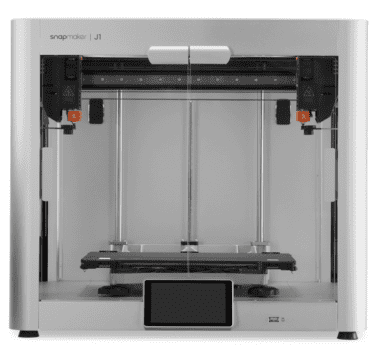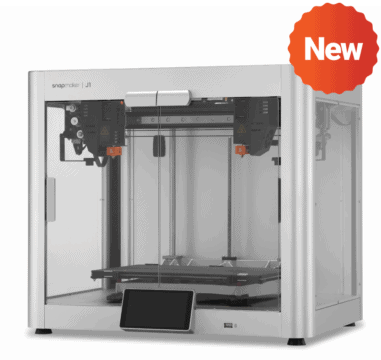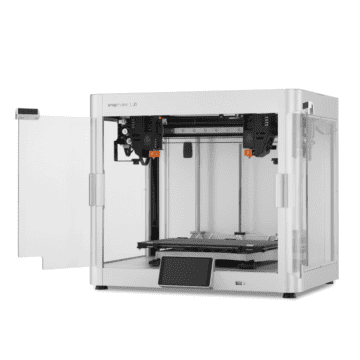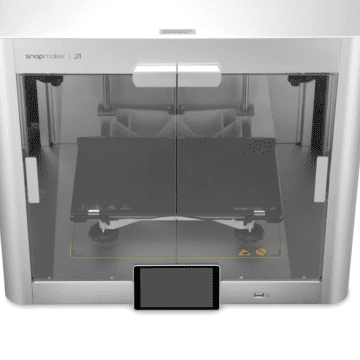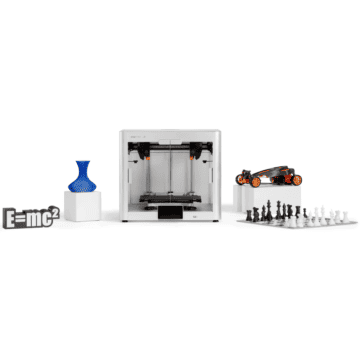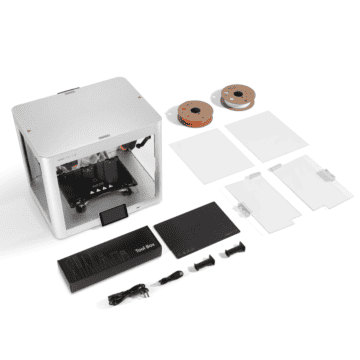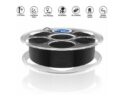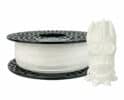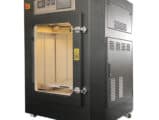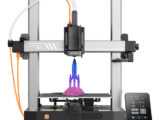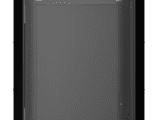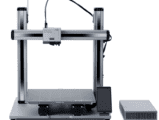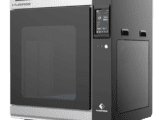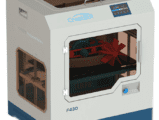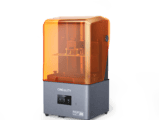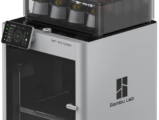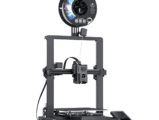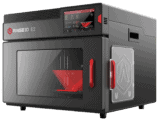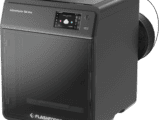Preces kods: 6971573440316
Sazināties3D printeris Snapmaker J1
Sazināties
| Ražotājs | Snapmaker |
Tehniskie parametri
| Tehnoloģija | FDM |
| drukāšanas izmērs [mm] | 300*200*300 |
| Drukāšanas ātrums [mm/s] | ≤350 mm/s (depends on material) |
| Slāņa biezums [mm] | 0.05-0.3mm |
| Sprauslas diametrs [mm] | 2x |
| sprauslas temperatūra [C°] | 300 |
| Atbalstītie materiāli | PLA, PETG, ABS, any filaments melt =<300 C |
| Materiāla diametrs [mm] | 1.75 |
| Virsmas temperatūra [C°] | 100 |
| Savienojumi | USB, WiFi |
| Displejs | ir, skārienjūtīgs |
| jauda [W] | 400 |
| Korpuss | Slēgts |
| Izmērs (W x H x D) [mm] | 539 x 401 x 464 |
| Svars [kg] | 25 |
Garantija

Fast Index Printing
Compared with a multi-material unit on a single extruder, IDEX dual-material printing requires less time in filament changing and creates less waste. Plus, IDEX offers the cleanest two-extruder solution that prevents cross-contamination.
Print in Parallel
Halve your wait time, double your productivity. IDEX is the only extrusion system with two separate extruders moving independently on the X-axis, enabling you to run two prints simultaneously.
Copy Mode : Print two identical objects in one go. It is especially suitable for batch printing, empowering studios, and enthusiasts. If one of the prints runs into an issue, you can stop that print without affecting the other. This mode is a lifesaver for a promised delivery on a tight schedule.
Mirror Mode : J1 directly mirrors your model and prints the original and the mirrored one in one go. For a symmetrical model, you can import half of it and print it in Mirror Mode to cut your wait time by 50%, perfect for quick drafts and concept models. Like in the Copy Mode, you can stop one print without affecting the other.

Vibration Compensation
J1 brings you a top-of-class printing speed of 350 mm/s while ensuring a high resolution of prints. It is made possible by the optimization of the vibration compensation technology. This technology reduces the vibrations caused by high-speed movements, minimizing ringing to enhance print quality. With the maximum acceleration of 10,000 mm/s², you can realize small models packed with details with efficiency.
Seamless Extruders Switching and Cornering Optimization
During dual extrusion printing, the non-working extruder preheats while on standby, and starts printing right after the working extruder leaves, significantly reducing your waiting time. By analysing the extruders’ moving directions ahead of time, J1 can prevent problems like corner bulge, delivering better print quality at corners.
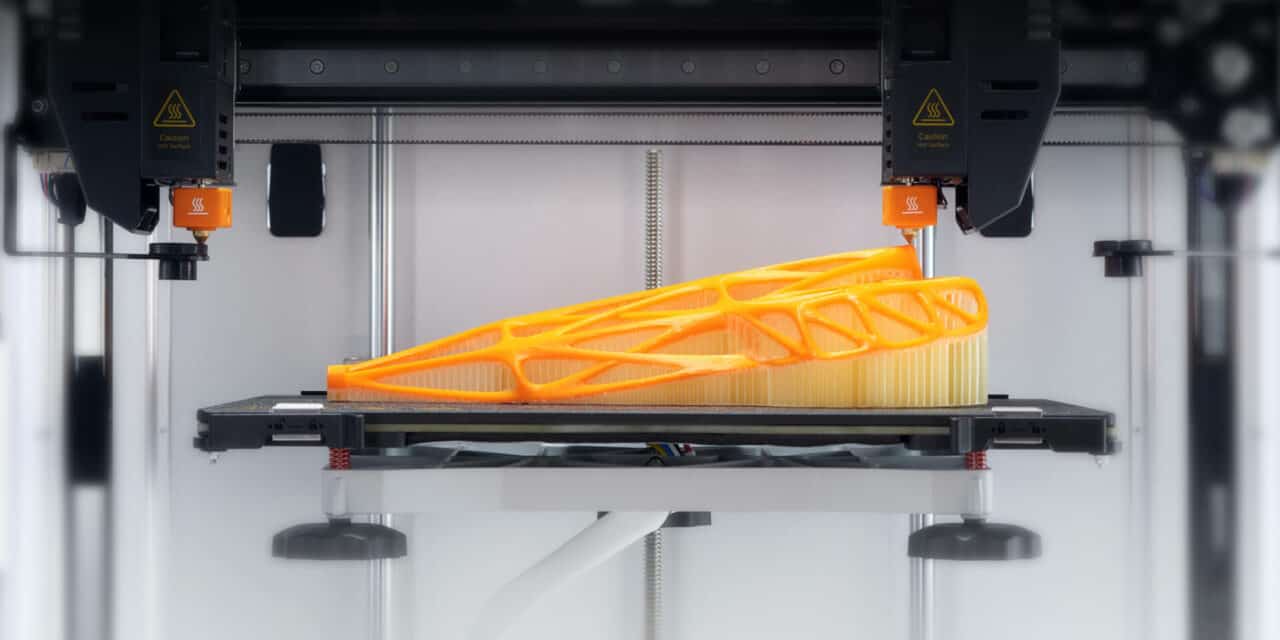
Speed Ensured by Elaborate Hardware Design
One-piece Die Casting: J1’s body comprises an upper frame and a base made by one-piece die casting, and four aluminum alloy bars. Making the body with just a few highly integrated parts—an approach long adopted by the automotive industry—facilitates precision assembly. J1 is so rigid and reliable with minimal wobble and deformation possible that you can print large projects one after another for a long time and get all prints of uncompromising quality.
High-precision Linear Rails : The industrial-grade linear rails are made by CNC grinding at the micron level, ensuring smooth and steady movements. A significant rise in precision, rigidity, and durability for you to savor a fast, accurate, and steady making experience.
Aluminum Alloy Frame : J1 inherits Snapmaker’s iconic all-metal design which users highly value for its rigidity and durability. It provides better heat dissipation with the main board and power supply spread out on the base and aluminum alloy as its main material. All electronic components well oiled, at your command.
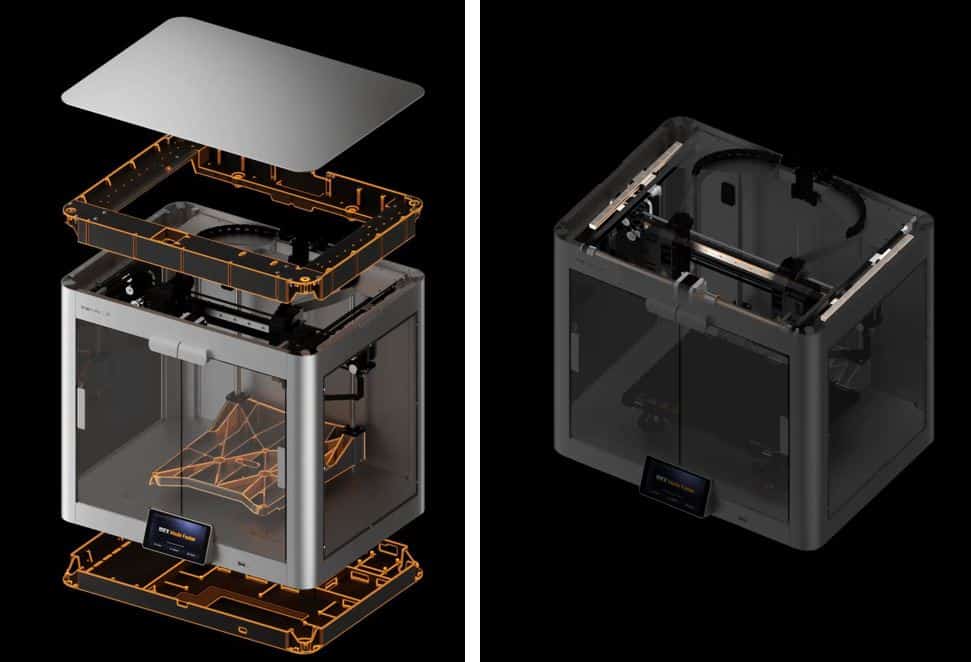
Breakaway & Dissolvable supports
Building and removing support can look like rocket science sometimes, but we’ve done the math for you–steady support, clean interface, effortless removal, and minimal post-processing needed to maintain high dimensional accuracy. Breakaway filament offers the same support as normal materials but is much easier to remove without the need for further post-processing. J1 supports PVA and other dissolvable materials. Soak the print, and the supports dissolve, leading to a smooth surface and excellent dimensional accuracy. When you are looking for complex geometry, hollow structures, and exquisite details, this is for you.

Dual-material Printing
In one print, you make the most of two sets of properties. Combine the strength of nylon with the flexibility of TPU for functional parts. Print also multi-part objects. With no assembly, the object attains stronger interconnections, making it less prone to impairment.
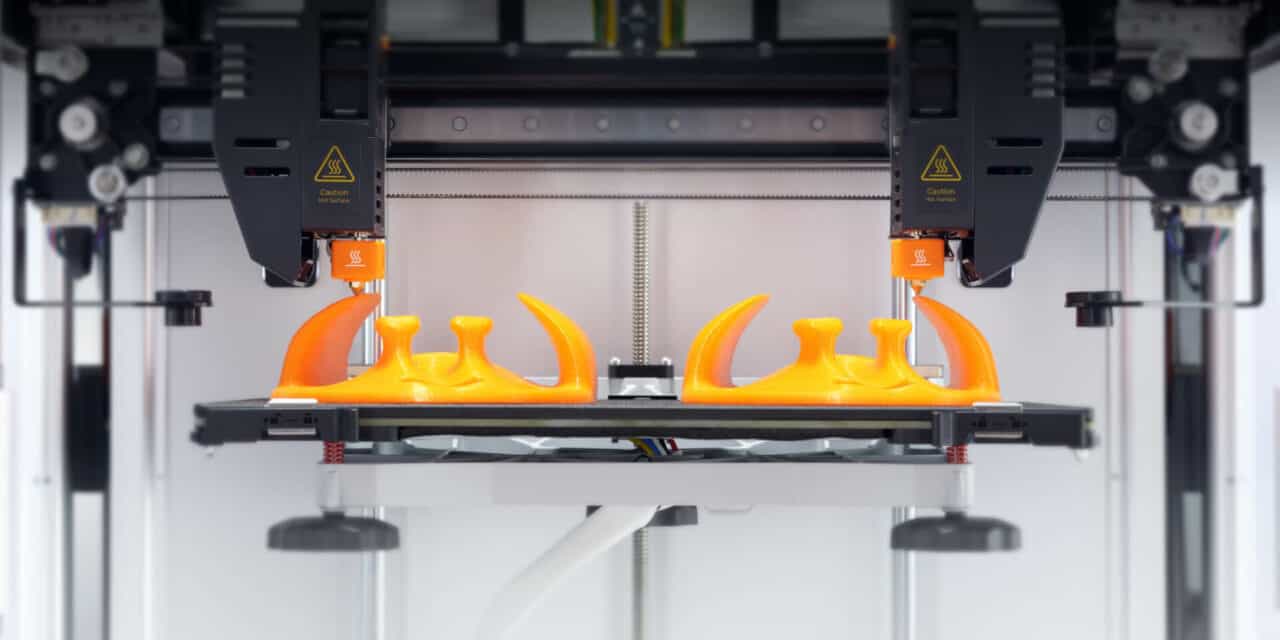
Advanced Extruder Technology
300°C Hot Ends: 300°C maximum nozzle temperature comes in handy when you print with high-temperature filaments, like nylon, reinforced nylon, and PC. With silicone hot end socks preventing heat loss, filaments melting and heating up are much faster. Anti-clogging designs make the flow as smooth as possible.
Dual Direct Drive: Excellent extrusion accuracy that aids in the extrusion of flexible filaments, along with the high responsiveness of dual direct drives to make deposition faster, smoother, and more accurately controlled. It is built in with a filament sensor to inform you and pause the print job in the case of filament runout, nozzle clogging, and other abnormalities that fail filament loading.

Compact Extrusion Path: The compact extrusion path of a unique design allows you to print seamlessly with TPU and many other flexible materials.
Enclosed Space: It provides stable ambient conditions to facilitate the consistently reliable performance of high-temperature materials. For instance, it keeps ABS and many other materials from warping.

Calibration Done Easy
We utilize electrical conduction to locate the two hot ends and the heated bed and measure the distances between the three entities—a creative solution to complex IDEX calibration. This time saver enables you to complete the calibration in 10 minutes under the Assist Mode.Taking away the calibration card and the judgement call, it reduces errors and arrives at better accuracy.
Hands-free XY Offset Calibration: When the two hot ends touch the square opening on the heated bed, it sends out electronic signals to suggest their exact locations, and J1 calculates the offsets between them. J1 then auto-compensates the offsets during printing to ensure perfect XY alignment that avoids layer shifting and improves the success rate of dual-material prints. It takes away the long learning curve and saves you from scrutinizing through an awful lot of lines. Tap start, and lay back for elevated precision.
Tool-free Bed Leveling: A level print bed lays the foundation for successful 3D prints, but the bed leveling of IDEX printers can be very time-consuming. Using a PEI glass plate of high flatness, J1 can downsize from a 3 × 3 (9 points) or 4 × 4 (16 points) leveling to a 3-point one with no compromise on levelness and downtime dropped by 70–80%. Turn the leveling wheel as guided on the touchscreen, and the bed is leveled for tip-top first-layer adhesion.
Easily-managed Z Offset Calibration: Using electrical conduction, J1 can calculate the distances between the hot ends and the heated bed. Thus, we were able to cut the step of moving the calibration card back and forth while adjusting the Z offset. Simply turn the thumb wheel as guided on the touchscreen and you are now the Z offset calibration guru!
Custom PEI Glass Plate
J1’s build plate is made of glass with sheer flatness, making your first layer smooth and adhesive. Glossy glass on one side and PEI coating on the other side, aiding in adhesion for various filaments. The plate can be easily removed so that it is extra handy for maintenance and print removal.
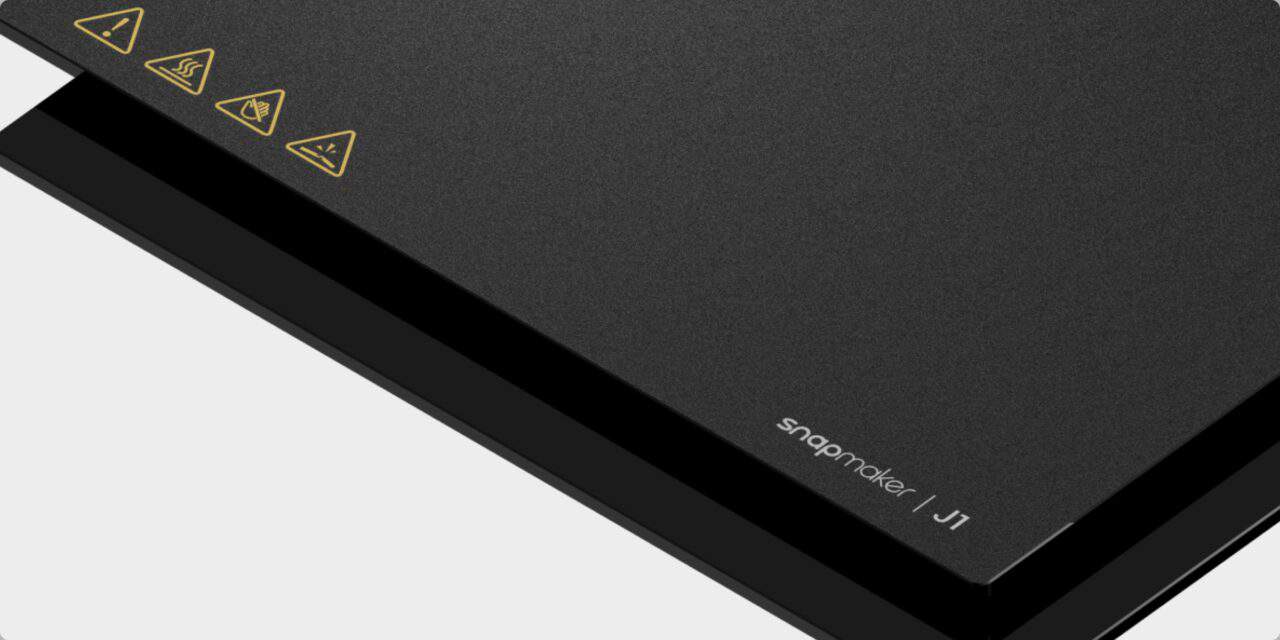
Easy-swap Hot Ends
Loosen the two screws on the hot end, fix or replace the hot end, and go back to printing at once. For the adventurers going for more variations and advanced applications, we offer multi-diameter hot ends from 0.2 mm for detail accuracy to 0.8 mm for faster printing, and hardened hot ends for engineering materials
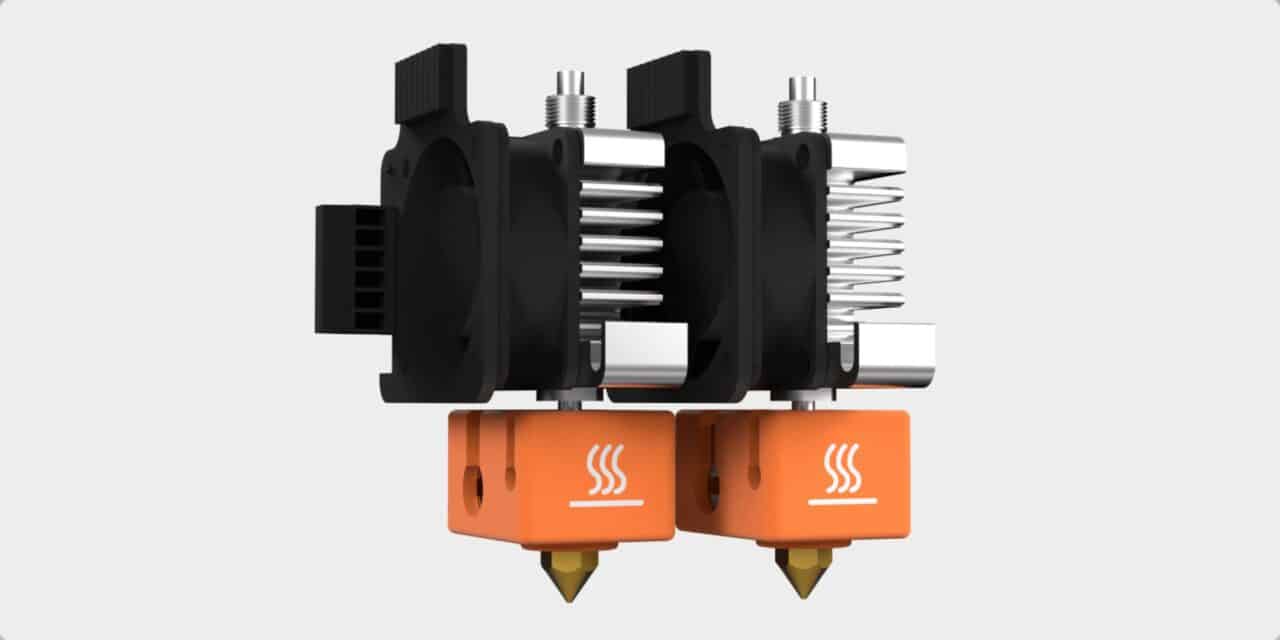
Built-in Nozzle Wipers
Scrape excessive materials off nozzles and halt the oozing from the just-active extruder to free multi-material prints from blobs and stringing. The extruder can start its print job in line without waiting for the just-active one to cool down. Switching between extruders takes much less time, once again minimizing downtime.

Video
Ja gribiet saņemt vērtīgus padomus, interesantas idejas, praktiskus pieredzes stāstus, kas palīdzētu efektīvāk izvēlēties risinājumus, sazinieties ar mums.


